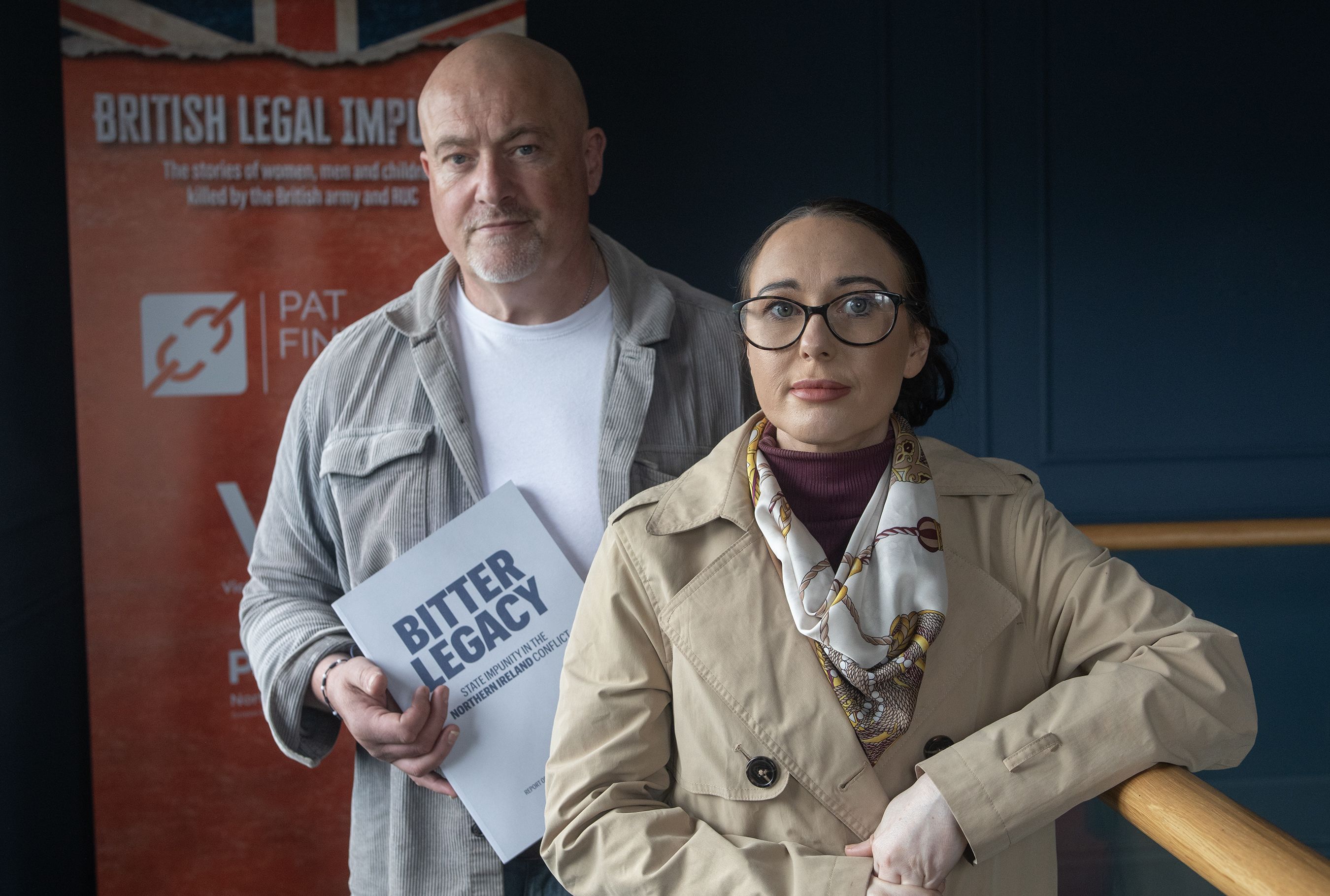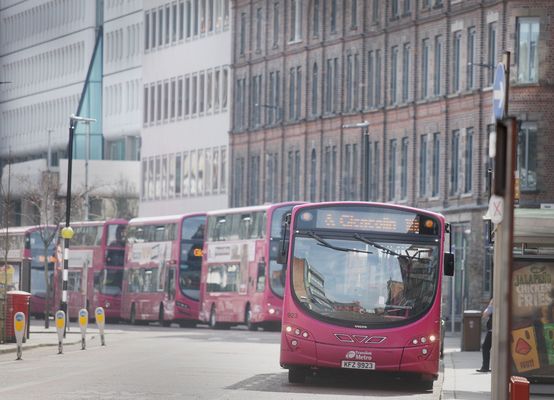A NEW exhibition at St Comgall's by the Pat Finucane Centre, seeks to tell the story of the men, women and children killed by the British Army and the RUC.
The interactive exhibit features candid interviews with the families and loved ones of over 20 victims of British state killings during the conflict and covers murders which took place all over the North.
The exhibition drawing on these powerful testimonies, seeks to challenge the British government's attempts to not only halt inquests and reconciliation for families through the much-maligned Legacy Act, but also to challenge the attempts by the British state to rewrite the history of the conflict and to present their misdeeds in a more favourable light.
PFC's project featuring video interviews with bereaved families, as well as legal/ legacy experts, will be on display for the during of @FeileBelfast in St Mary's College.
— Pat Finucane Centre (@FinucaneCentre) July 29, 2024
Please come & watch these powerful & important first-hand accounts of loss & fighting impunity pic.twitter.com/j8F7kCtZjm
Desy Clayton, an Advocacy Support Worker at the Pat Finucane Centre, said the audio-visual installation profiles decades of killings by state forces across every county in the North and shows that British forces acted with impunity during the conflict in regards to taking the lives of those whom it considered its own citizens.
Speaking to the Andersonstown News, Desy said the PFC's British Legal Impunity installation aims to be part of a permanent record of the life-shattering experiences of those who lost family and loved ones to state violence and the generations of trauma which have resulted from them being denied truth and justice after their loved one's deaths.
“At the moment there remains a massive amount of unresolved cases and queries including around 470 Police Ombudsmen cases which are currently sitting adrift," he said. "That represents nearly 500 families who may never get an answer.
“Family members stepped forward and for some family members it was a very traumatic and emotional experience and it was their first time in front of a camera recalling the effects of their loved one's killing."
Now on display & available to view for the next two weeks @JamesConnollyVC
— Pat Finucane Centre (@FinucaneCentre) September 2, 2024
PFC’s British Legal Impunity project featuring video interviews with families who had loved ones killed by the British army/ RUC. Also features interviews with legal experts. pic.twitter.com/B0tmj0MCBZ
Natasha Butler, whose grandfather Paddy Butler was murdered by the British Army in the Springhill Massacre in 1972, was one of those interviewed for the installation.
Speaking about her participation and the current status of the inquest of the Springhill families, Natasha said: “At the moment we feel relief that the inquest is done. We are one of the fortunate families who have been able to get our inquest completed; there are so many families who are still in limbo and the ripple effect that has passes through generations.
“It shouldn’t be up to the British government to impose reconciliation on families, reconciliation is a two-way street, not something that can be solved through legislation because their refusal to come clean with the truth and to lie – for instance they said my grandfather was an IRA gunman when he wasn’t – has a lasting trans-generational impact. It’s important that our stories are told and told from the point of view of victims and their families.”
Family of Christy Quinn, shot dead by British army in 1971, viewing the British Legal Impunity exhibit in PFC Belfast StComgalls with Belfast caseworkers Des Clayton & Martin Finucane. Also on display at St Mary’s #Feile pic.twitter.com/QAU5G4g0As
— Pat Finucane Centre (@FinucaneCentre) August 2, 2024
Desy continued: “The Pat Finucane Centre would love to expand this exhibition because we know there are so many families out there who haven’t spoken about what has happened and we are anxious for their stories and experiences to not be changed or distorted by the British government’s attempts to rewrite the past. It’s about their story, about capturing their story.”
The installation is further backed up by the findings of a recent report by a panel of international experts which showed the British government engaged in collusion and did not properly investigate state killings.
The installation is free to visit and can be viewed in St Comgall's and also currently on display in Áras Uí Chonghaile where the screen allows easy access to the poignant stories from families about their loved ones and also features videos which go into recent efforts to challenge the British state's Legacy Bill and its legal ramifications.







